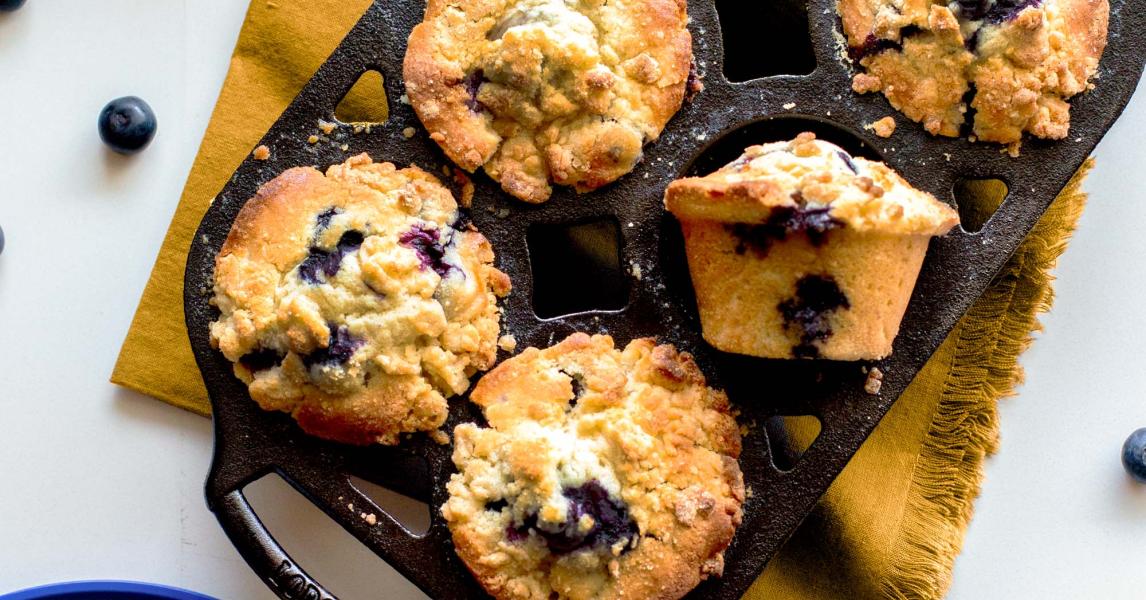For the discerning kitchen professional, maintaining your cookware is as important as the ingredients you use. Among the most cherished tools is the cast iron pan, known for its superior heat retention and versatility. However, to get the best out of it, proper seasoning is crucial. This DIY seasoning guide for cast iron pans is designed to equip kitchen professionals with the know-how needed to perfect their pans.

Understanding the Importance of Seasoning
Before diving into the seasoning process, it's essential to understand why seasoning is vital. Seasoning creates a non-stick surface and protects the pan from rust. It involves applying a layer of oil and heating it to form a polymerized layer that bonds to the iron.
Choosing the Right Oil for Seasoning
Not all oils are created equal when it comes to seasoning cast iron pans. Kitchen professionals often prefer flaxseed oil due to its high smoke point and ability to polymerize effectively. However, other oils like canola or vegetable oil can also be used. The key is to choose an oil that you frequently use in your cooking, ensuring compatibility with your cooking style.
The Step-by-Step Seasoning Process
Let's break down the seasoning process into manageable steps:
Step 1: Clean Your Pan
Start by thoroughly cleaning your pan with warm water. Use a mild soap if necessary, and scrub off any rust or old seasoning with a brush. Once clean, dry the pan completely.
Step 2: Apply Oil
Using a cloth or paper towel, apply a thin layer of your chosen oil to the entire surface of the pan, including the handle and exterior.
Step 3: Heat the Pan
Preheat your oven to 450F (230C). Place the oiled pan upside down on the top rack of the oven. Place a baking sheet or foil on the lower rack to catch any drips. Bake for an hour, then let it cool in the oven.
Maintaining Your Seasoned Cast Iron Pan
Once your pan is seasoned, maintaining it is relatively straightforward. Avoid using soap or abrasive scrubbers when cleaning. Instead, rinse with hot water and use a scrub brush if needed. After washing, dry the pan immediately and apply a thin layer of oil to keep it protected.
Storing Your Cast Iron Pan
Store your pan in a dry place to prevent rust. If stacking with other cookware, place a paper towel between pans to protect the seasoning layer.
Common Mistakes to Avoid
Even professionals can make mistakes. Here are some common pitfalls to avoid:
- Using too much oil: Excess oil can result in a sticky surface rather than a smooth, non-stick one.
- Skipping the preheat: Always preheat your oven to ensure even polymerization of the oil.
- Neglecting maintenance: Regular maintenance is key to a long-lasting, well-seasoned pan.
Integrating Cast Iron Pans into Professional Kitchens
Integrating cast iron pans into your kitchen can enhance the quality of your dishes. From searing meats to baking, cast iron pans offer versatility unmatched by other cookware. For more on integrating cast iron into your professional kitchen, check out this article on modern vs traditional cast iron muffin pans.
Additional Resources
For those looking to expand their knowledge, consider exploring more about homestead cooking with cast iron bakeware. Also, this muffin tin dinners guide can offer creative ways to use your seasoned pans.

FAQ
Q: How often should I season my cast iron pan?
A: It depends on usage. Regular use requires less frequent seasoning, perhaps once every few months. If it sees less use, season it more often.
Q: Can I use olive oil for seasoning?
A: Olive oil can be used but isn't ideal due to its lower smoke point. Oils like flaxseed or canola are better suited.
Q: Is it okay to use soap when cleaning my cast iron pan?
A: Occasionally using mild soap is fine, especially if the pan is well-seasoned. However, avoid frequent use to preserve the seasoning.
For more tips and hacks, explore our post on baking hacks for cast iron muffin pans.
This article contains affiliate links. We may earn a commission at no extra cost to you.






Leave a comment
This site is protected by hCaptcha and the hCaptcha Privacy Policy and Terms of Service apply.